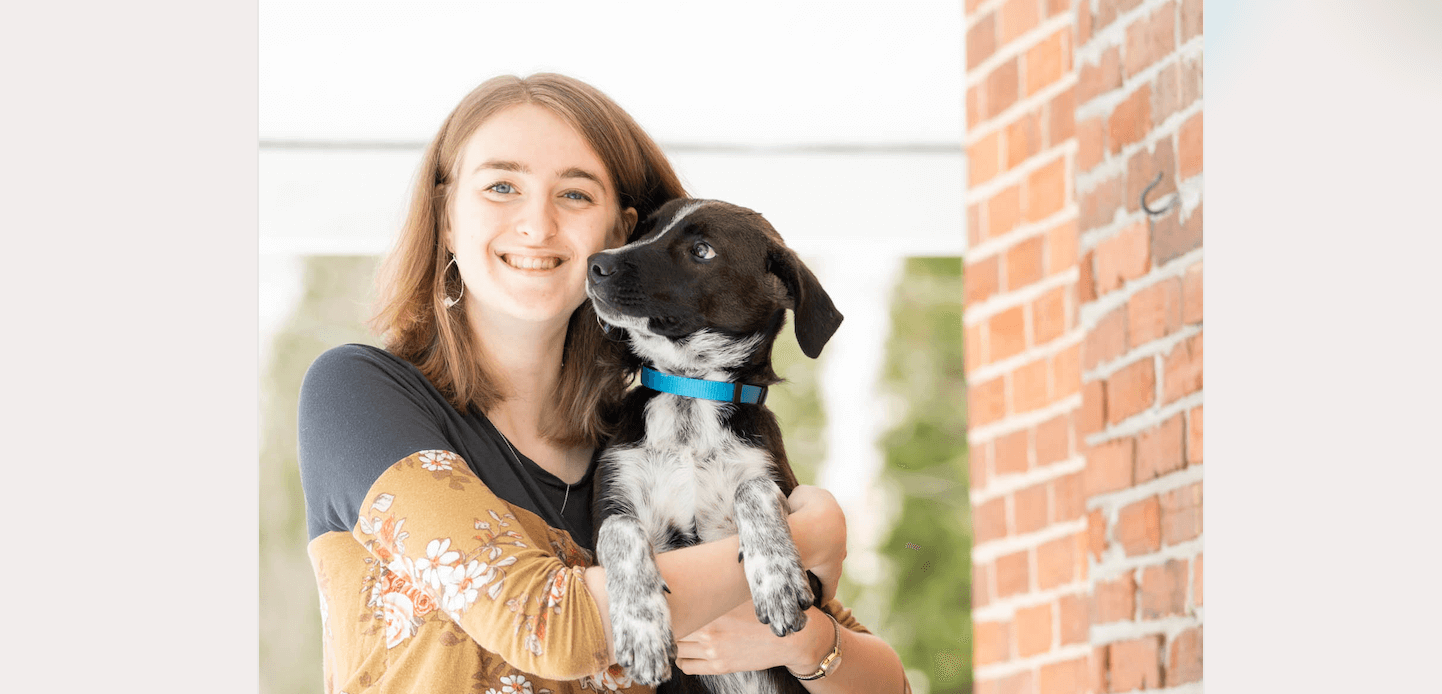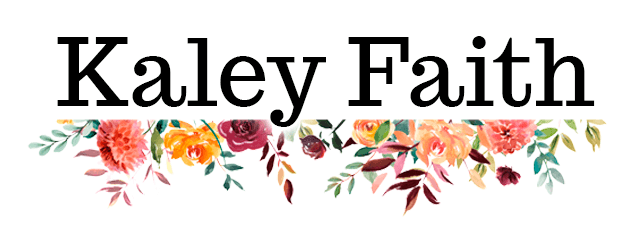
10 Mar Service Dogs – Temperament, Training, and a Goose Update
In November of 2022, I decided I wanted to pursue getting a service dog (read about that journey here). It was a choice I made after a year and a half of struggling a great deal with increasing mental and physical health challenges. All combined, the symptoms were devastating and significantly impacted (and continue to impact) my ability to live a ‘normal’ and ‘functional’ life. I increasingly saw the value of having a living, breathing being that could be my constant companion. I realized that not only would a dog provide comfort, routine, and companionship, but could also provide significant help in my managing my POTS. Tasks could include retrieving salt tablets and water when hypotensive, alerting to undetected spikes in heart rate, bringing my medication if/when unable to stand or walk, laying on my legs to help with blood return to the heart (called deep pressure therapy), and many more. Aside from POTS tasks, the pup would a source of interactive grounding during panic attacks, interrupt nightmares, and maybe even cuddle on cue (yes, really).
With this decision made, I launched into researching what my options were.
Train-Your-Own or a Program Dog?
There are a few different ways to go about getting a service dog.
First, you can find an organization that raises, trains, and donates/sells service dogs to those in need of one. From my research, I found that most organizations focus on a limited area of need (PTSD dogs for Veterans, seeing-eye dogs for the blind, etc) and are often free for qualifying individuals (with a few years wait) or cost around $15,000-20,000 and still have a years-long waitlist.
Second, you can find an individual trainer who is willing to train your dog. This option is similarly priced to the program dogs from organizations but can have much shorter (or no) waiting times. It also will hinge on finding a trainer with the time, skillset, and availability to take on the task.
Third, you can get a dog and train it yourself. This is a valid option, and certainly the cheapest of them all, but then requires time, energy, and know-how. This means the owner is responsible for training basic obedience (sit, stay, down, come, heel, recall, etc), as well as public access (safely getting into and out of a vehicle, good behavior in stores, self-control around products/dropped food, calm when handled by strangers, etc) and disability-related tasks (scent training for alerts, cues for responses, intelligent disobedience, etc).
After applying to a few different organizations, I found that I seldom got a response back, even after filling out the application, sending them a letter of recommendation, and on occasion, paying their application fee. But in my search, I found a place that not only offers program dogs but also will take your current dog and train it to become a service dog. When I reached out, they were very responsive and said that while a fully trained program dog is a few years out, they are taking pet dogs (for 6-8 months of training) in as little as a month or two. That was exciting, and I decided to pursue adopting a dog (Goose!) with the goal to send him to service dog school.
Temperament
When picking out a dog to be my service dog candidate, I looked for specific things. I found a particularly helpful video (which can be found here) that discussed certain qualities that trainers look for in potential dogs.
Being extroverted means a dog is more likely to tolerate being out in public, getting approached by children, or getting unsolicited pets by strangers.
Being food-motivated means the dog will have a solid avenue for training.
Being resilient to getting startled means the dog will have a higher threshold for unknown environments and is less likely to act out in fear or be aggressive when something scares them.
Being person-oriented means the dog frequently checks in with the owner and will be able to notice slight changes in body language or scent that warrant alert/response.
These are some of the basics, although there are many fine nuances that go into temperament testing a dog.
Meeting Goose

I was looking for the right candidate. Not only was I looking for the qualities above, but I also had in mind that the dog should be 1-2 years old, medium-sized, and low-energy. On a trip to the humane society, I came across a dog – Goose. In a sea of barking, growling, and timid peers, Goose was sitting politely in his kennel wagging his tail as we approached. When we took him into a room, he proved to be wiggly with joy, a people-lover, and truly endearing.
Extroverted? Obviously: Check.
Food Motivated? After holding a treat tightly and watching his desperate effort: Check.
Resilient? After being scared by a dropped item, he bounced back in no time. Check.
Person Oriented? His eye contact was unreal, and he couldn’t get enough love. Check.
Before I knew it, I was the proud owner of Goose. The 6-month-old puppy.
Bringing Goose Home
I consider myself an extremely responsible person. I have an inner compulsion towards making wise choices – thinking through the details, weighing the cost, and sticking to the decision. After all, I am responsible for the outcome. When I do things, I strive to do them well. When I say I will, I feel rotten if I don’t. Be it as a child or as a young adult, I’ve been called “the responsible one” more times than I can count.
So when I looked over at the seat next to me and saw a black and white dog looking back, I couldn’t help but mutter, “What have I done?” Despite the hours I spent watching Youtube or reading blog posts about dog behavior and training, I felt wildly unprepared. And honestly, there was a lil’ anxiety creepin’ in. I remember thinking, “Wow. That belongs to me,” as if it was some grand epiphany that I am now in possession of a living, breathing, being. And in that moment I was very grateful for a friend who is known to read my mind.
“Kaley, you’re going to screw up. But so will Goose. You will both have to give each other grace, and it WILL be ok.”
Indeed, grace was needed all around. The first two weeks were a boot camp in dog behavior. Discerning the fine nuances of “I have to go to the bathroom” and “I just want attention”, or “I’m teething and my gums hurt” versus “I’m being a butt-munch and feel like biting you” were things I had not previously been trained in. After a month on my own with my new dog, I was overwhelmed and exhausted, and the bitter-sweet started to set in.
As I think about that season, I literally chuckle. Because as I’m thinking about the positive parts of Goose, they all have to do with him sleeping. He was adorable. His face was good for smooching. His paws were good for holding. He smelled like Fritos (I’m not kidding). And it was simply the best. On the other hand, when he was awake, he kept me on my toes 25/8 (it’s like 24/7, but MORE). He was a super-charged dog, constantly looking for the next adventure or puzzle. I would hide kibble in a folded, twisted, and knotted towel, and he’d have the whole thing unfurled and all the kibble eaten within seconds. His puzzle kong was a joke to him. He adored fetch. He was an avid chewer, and had his favorites, like tissues, paper, flip flops, computer cords (yikes), tv remotes, and the like. Despite having successfully trained my childhood dog to high-five, sit, lay down, stick her paws in the air, and even jump through a hula hoop, I struggled greatly with training Goose. Once we got “sit” down pat, we stalled.
I realized with my physical and mental status, this was not a sustainable lifestyle, and my parents stepped in to save the day. We swapped dogs – I got my childhood dog, and they graciously took my Goose. In response to being asked what it was like to be an empty nester now that her kids moved away, my mom laughed, saying they aren’t empty nesters, they have a toddler! It was true.
After a few weeks of caring for their ‘grand-dog’, Goose had his temperament test with the service dog training facility. The trainer asked us to take a series of videos of Goose in public (things like meeting a stranger, entering a store, walking through a parking lot, getting startled by something, etc), and then we met over Zoom to discuss his potential. From what they could see, they saw many signature service dog qualities and approved him as a candidate for the program. And there, sitting on the couch with Goose snuggled up next to me with his chin on my computer, she started talking about all the different tasks they could train for my particular conditions. I couldn’t help but feel hope burst forth, and I started tearing up. I was weary from the physical and emotional toll of Goose in my life, and yet hearing her list the tasks he would be trained in reminded me why I was doing this. It mattered. It would impact my life, for the better. This was a good thing. This was valid. And once he turned a year old, he would be welcomed into the program.
In the meantime, Goose was sent to a local trainer to get some basics down. The goal was to establish learning. To teach Goose that his good behavior resulted in treats and approval. He would get to go to different stores, and build up the self-control and social awareness to keep his cool despite all the exciting things and people. He would get to know some other dogs, and learn healthy socialization. He would learn self-control, and manners, and would start on the list of basic obedience commands.
After 5 weeks at the board and train program we met with the trainer. It was apparent that Goose was not a good match for service work. Going from 0-100 in a second, Goose was struggling greatly with impulse control, patience, self-control, herding tendencies, and excess energy despite his enormous energy expenditure running and playing each day. The trainer was pained to say it, and was adamant that he believes Goose could do it, but it would take significant effort to dial into his breed tendencies and train them out. That his DNA would be at odds with the service dog life we would train him for – one of constancy, consistency, and patience.
{Additional update: Goose is now happily rehomed with a family, and is a happy workin’ dog on the cranberry bogs of Wisconsin! A much better lifestyle for his energy output!}
What Next?
Goose is no longer my service dog candidate, and even though I’m genuinely sad, I am also relieved, knowing that he’ll get to thrive somewhere else as an outgoing and loving good boy. In the meantime, I will continue to trust that God will use every experience for my good and His glory and that he will lead me in His will as I seek His will. I am so grateful for everything I learned from Goose, and I know that nothing will go to waste. I’m really grateful we found out early on, before spending thousands on specialized training, that he wasn’t a good candidate. That said, I’m pausing to reevaluate my health, my goals, and my ability. In the coming days, I pray for clarity in knowing how to navigate my limits, and for peace one way or another in whether or not to pursue a new candidate. Your prayers are also appreciated in this season. The adventure continues!
{Edit: Meet my new prospect here!}
-
Making a Full Physical Recovery – A Day-by-Day Miracle
“You should exercise more.” A brutal statement. One I had tried to fulfill on my own, and time and time again, had failed. It was a frustrating piece of advice from my doctor, and felt so out of reach as I navigated my bouquet of chronic illnesses....
27 June, 2024 POTS No comment 0 Likes -
Awesome Recovery News!! And Why I No Longer Plan To Write About My Symptoms
I am so excited to report that after graduating from the 3-week Pain/Symptom Rehabilitation Center at Mayo Clinic in Rochester and continuing the program at home, I am nearly 100% recovered!...
05 March, 2024 POTS 3 Comments 2 Likes -
What is the Valsalva Maneuver like?
The Valsalva maneuver is EASILY the most fascinating thing I’ve gotten to do in this entire medical adventure. On the surface, it’s a fairly quick and easy part of autonomic testing, but underneath, it’s one of the coolest and most complicated mechanisms of the human body that I’ve encountered. ...
17 January, 2024 POTS 3 Comments 0 Likes






Pingback:PUPS, POTS, and PTSD - My Journey - Kaley Faith
Posted at 17:03h, 11 March[…] {Read an update on Goose here} […]
Pingback:5 (Very) Short Stories - Adventures with Goose - Kaley Faith
Posted at 21:11h, 19 March[…] {Read an update on Goose here} […]
Pingback:What If I'm Faking It - Living With an Invisible Disability - Kaley Faith
Posted at 19:02h, 04 June[…] grips my head, only to recede once I lay back down. I make a mental note to keep looking for a service dog candidate to give me back an inch of my independence, an ounce of comfort, and a bit of medical […]
Pingback:Phyllo - My Service Dog Prospect - Kaley Faith
Posted at 15:43h, 27 August[…] this year I took some time to reassess my need after a “failed” attempt with my first prospect, Goose. I had been in weekly counseling for almost a year and was still really struggling with the […]